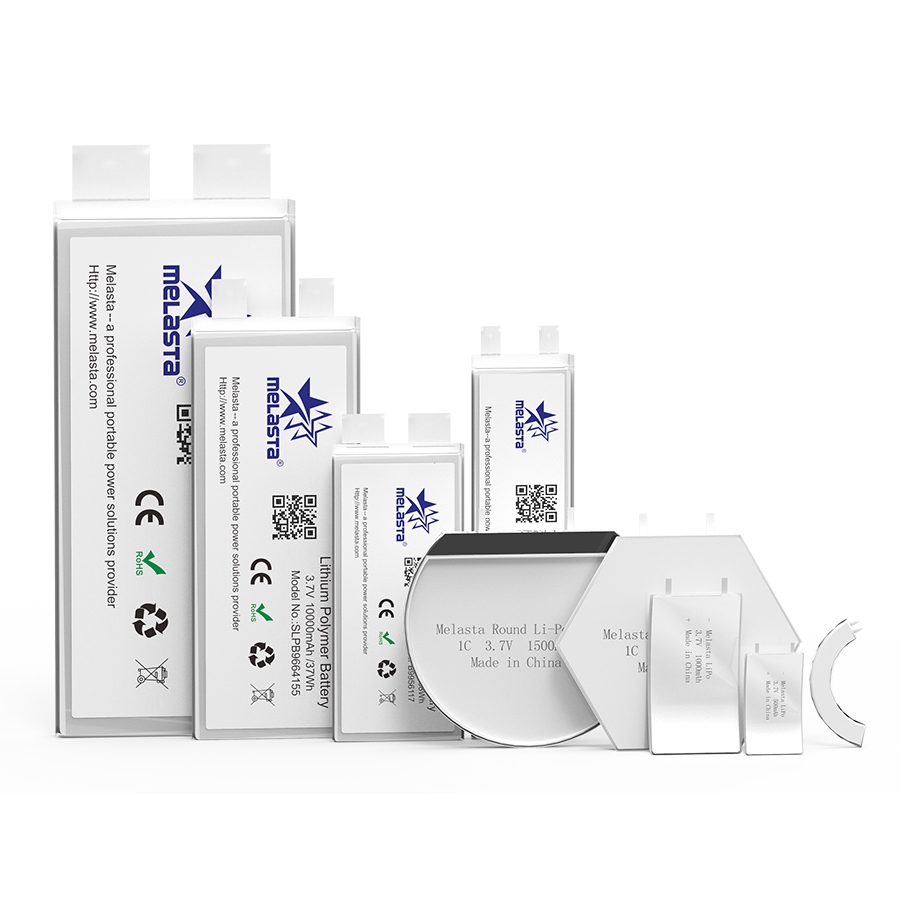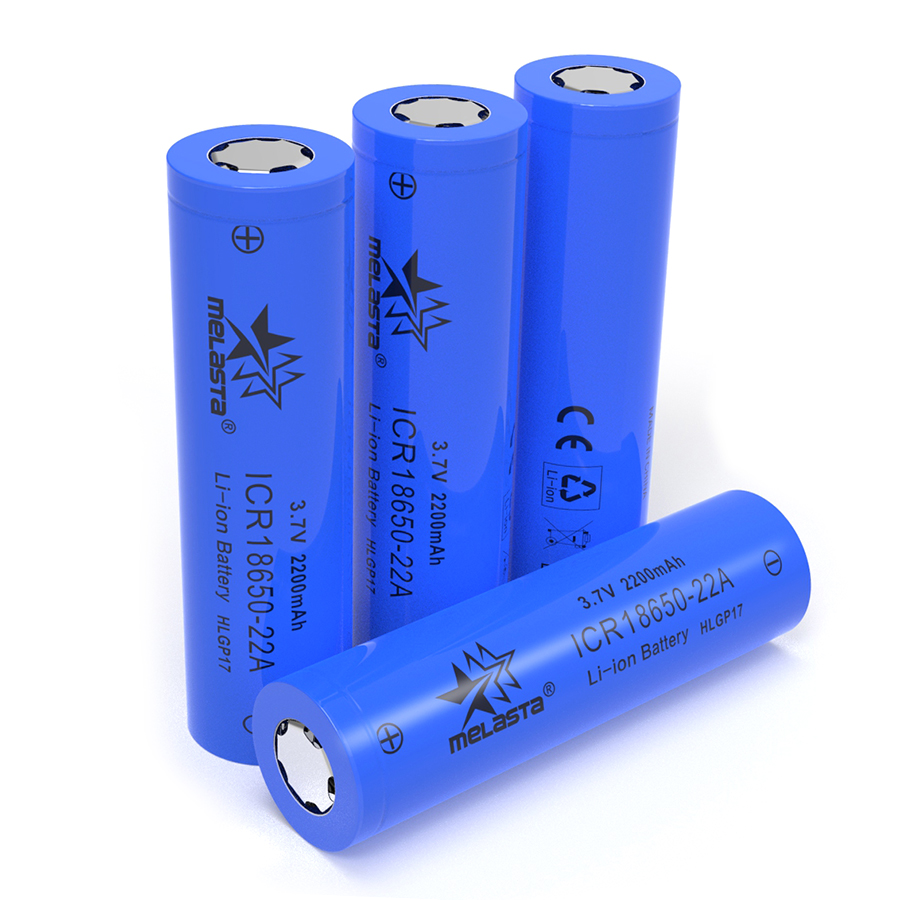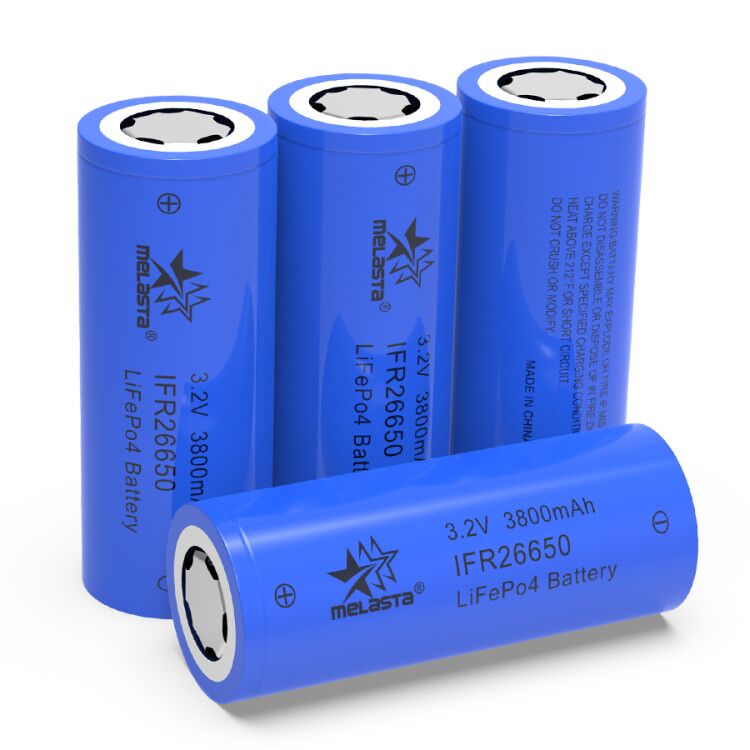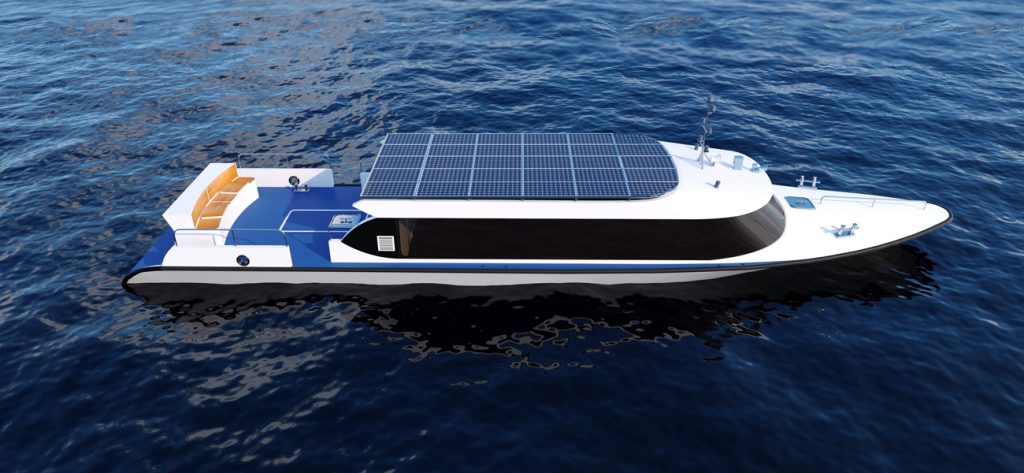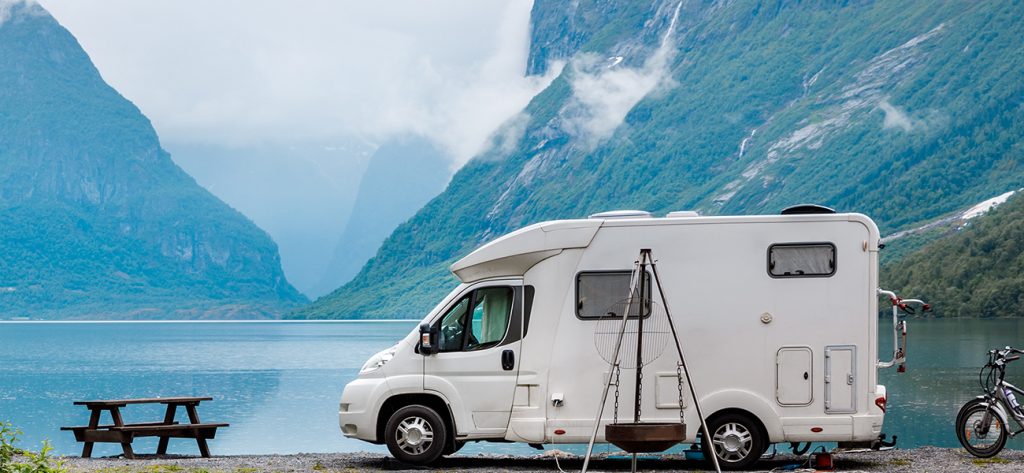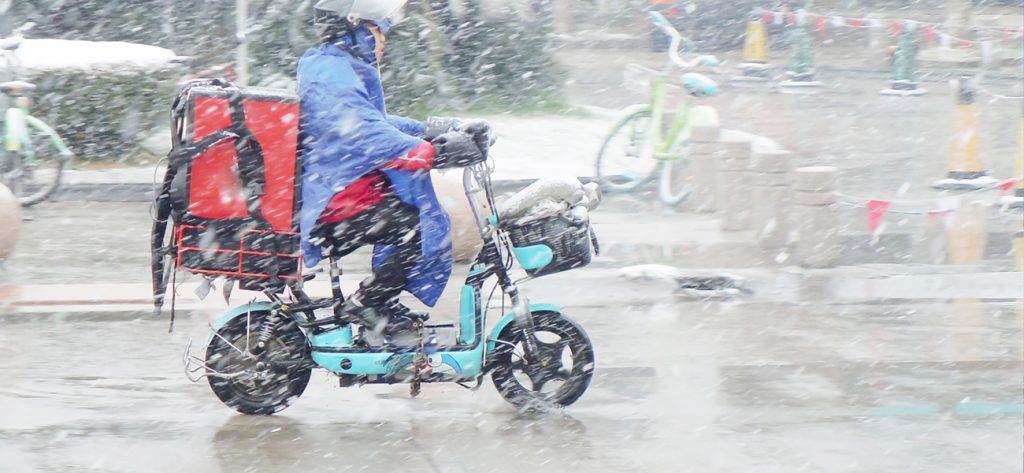Célula de batería de iones de litio (Li Ion)
Las baterías de iones de litio tienen múltiples químicas, como níquel manganeso cobalto (NCM), óxido de litio cobalto (LiCoO2) e ión litio manganeso óxido (LiMnO2). La mayoría de estas baterías están disponibles en el tamaño estándar 18650. Estas baterías se utilizan habitualmente en ordenadores portátiles, herramientas eléctricas, robots y especialmente en vehículos eléctricos. Con el uso de diferentes tecnologías avanzadas, estas baterías son cada vez más seguras. El voltaje nominal de estas pilas es de 3,6, 3,7 y, a veces, 3,65 voltios.
Productos químicos disponibles para las baterías de iones de litio
Melasta utiliza diferentes químicas en función de la demanda del cliente para la producción de células de iones de litio. Siempre nos esforzamos por conseguir la mejor calidad utilizando las normas de calidad internacionales.
LiCoO2 - Óxido de litio y cobalto
Este tipo de pila es muy popular en ordenadores portátiles, teléfonos móviles, cámaras digitales y bicicletas eléctricas por sus propiedades de alta energía específica. Esta batería está formada por carbono grafitado como ánodo y óxido de cobalto como cátodo. El cobalto es el material activo que confiere propiedades a la batería.
LiMnO2 - Óxido de litio-ión manganeso
Batería de LiMnO2 es conocido por las características tales como carga rápida y descarga de alta corriente con moderada acumulación de calor. Estas baterías pueden descargarse a 20-30A con una acumulación térmica muy normal. Puede descargarse a 50A de carga por pulso, pero también depende de otras especificaciones. Estas baterías son la mejor opción para herramientas eléctricas, equipos médicos, juguetes RC, coches híbridos y vehículos eléctricos.
NCM - Níquel Manganeso Cobalto
Esta química es la combinación de níquel-manganeso-cobalto. Estas baterías pueden personalizarse como pilas de potencia o como pilas de energía. NMC es la elección popular para herramientas eléctricas, e-bikes y otros trenes de energía eléctrica. Debido a la combinación de li-ion mezclado y NMC puede reducir el costo y hacer que la batería rentable con muy buen rendimiento.
Características exclusivas de la batería de iones de litio Melasta
El departamento de Investigación y Desarrollo ha permitido a Melasta producir células de alta calidad. Células de peso ligero y mayor potencia en forma cilíndrica. Hemos desarrollado diferentes tamaños en forma cilíndrica según la demanda del cliente.
| 1. Alta corriente de descarga | 6. Baja autodescarga |
| 2. Alta fiabilidad | 7. Alta densidad energética |
| 3. Alta capacidad | 8. Varias formas |
| 4. Ciclos de vida más largos | 9. Sin efecto memoria |
| 5. Alta seguridad | 10. Baja impedancia y generación de calor |
Aplicación de las baterías de iones de litio
- Productos sanitarios
- Generadores portátiles
- Batería robótica
- Batería de bicicleta eléctrica
- Batería de teléfono móvil
- Batería de portátil
- Aplicación industrial
- Equipos agrícolas avanzados
Batería de iones de litio de tipo normal
| Nº de artículo | Modelo celular | Tensión nominal (V) | Capacidad nominal (mAh) | Dimensiones(mm) | Tarifa estándar(C) | Velocidad de carga rápida(C) | Máx Cont. Dis. Tasa(C) | Pulso Dis. Corriente | Vol(V) de corte de carga | Dis. Corte Vole(V) | |
| Diámetro | Altura | ||||||||||
| 1 | ICR14430E-500 | 3.6 | 500 | 14.5 | 43.5 | 0.5 | 1 | 1 | 3 | 4.2 | 3 |
| 2 | ICR14430E-650 | 3.6 | 650 | 14.5 | 43.5 | 0.5 | 1 | 1 | 3 | 4.2 | 3 |
| 3 | ICR14450E-700 | 3.6 | 700 | 14.5 | 45.5 | 0.5 | 1 | 1 | 3 | 4.2 | 3 |
| 4 | ICR14500E-650 | 3.6 | 650 | 14.5 | 50.5 | 0.5 | 1 | 1 | 3 | 4.2 | 3 |
| 5 | ICR14500E-800 | 3.6 | 800 | 14.5 | 50.5 | 0.5 | 1 | 1 | 3 | 4.2 | 3 |
| 6 | ICR18500E-1900 | 3.6 | 1900 | 18.5 | 50.5 | 0.5 | 1 | 1 | 3 | 4.2 | 3 |
| 7 | ICR18650E-2000 | 3.6 | 2100 | 18.15 | 65.2 | 0.5 | 1 | 1 | 3 | 4.2 | 3 |
| 8 | ICR18650E-2200 | 3.6 | 2200 | 18.15 | 65.2 | 0.5 | 1 | 1 | 3 | 4.2 | 3 |
| 9 | ICR18650E-2500 | 3.6 | 2500 | 18.35 | 65.2 | 0.5 | 1 | 1 | 3 | 4.2 | 3 |
| 10 | ICR18650E-2600 | 3.6 | 2600 | 18.35 | 65.2 | 0.5 | 1 | 1 | 3 | 4.2 | 3 |
| 11 | ICR18650E-2900 | 3.6 | 2900 | 18.35 | 65.2 | 0.5 | 1 | 1 | 3 | 4.2 | 3 |
| 12 | ICR18650E-3350 | 3.6 | 3350 | 18.35 | 65.2 | 0.5 | 1 | 1 | 3 | 4.2 | 3 |
| 13 | ICR26650E-2900 | 3.6 | 2900 | 26.15 | 65.6 | 0.5 | 1 | 1 | 3 | 4.2 | 3 |
| 14 | ICR26650E-3350 | 3.6 | 3350 | 26.15 | 65.6 | 0.5 | 1 | 1 | 3 | 4.2 | 3 |
| 15 | ICR26650E-4500 | 3.6 | 4500 | 26.15 | 65.6 | 0.5 | 1 | 1 | 3 | 4.2 | 3 |
| 16 | ICR26650E-5000 | 3.6 | 5000 | 26.15 | 65.6 | 0.5 | 1 | 1 | 3 | 4.2 | 3 |
| 17 | ICR26650E-5500 | 3.6 | 5500 | 26.15 | 65.6 | 0.5 | 1 | 1 | 3 | 4.2 | 3 |
| 18 | ICR21700E-4000 | 3.6 | 4500 | 21.5 | 70.5 | 0.5 | 1 | 1 | 3 | 4.2 | 3 |
| 19 | ICR21700E-4200 | 3.6 | 4500 | 21.5 | 70.5 | 0.5 | 1 | 1 | 3 | 4.2 | 3 |
| 20 | ICR21700E-4500 | 3.6 | 4500 | 21.5 | 70.5 | 0.5 | 1 | 1 | 3 | 4.2 | 3 |
| 21 | ICR21700E-4800 | 3.6 | 4800 | 21.5 | 70.5 | 0.5 | 1 | 1 | 3 | 4.2 | 3 |
| Batería de iones de litio de alto drenaje | |||||||||||
| Nº de artículo | Modelo celular | Tensión nominal (V) | Capacidad nominal (mAh) | Dimensiones(mm) | Tarifa estándar(C) | Velocidad de carga rápida(C) | Velocidad máxima de descarga continua(C) | Corriente de descarga de impulsos | Tensión de corte de carga(V) | Tensión de corte de descarga(V) | |
| Diámetro | Altura | ||||||||||
| 1 | ICR18500HP-1100 | 3.6 | 1100 | 18.5 | 50.5 | 0.5 | 1 | 10 | 15 | 4.2 | 3 |
| 2 | ICR18650P-2000 | 3.6 | 2000 | 18.15 | 65.3 | 0.5 | 1 | 5 | 8 | 4.2 | 3 |
| 3 | ICR18650HP-2000 | 3.6 | 2000 | 18.15 | 65.3 | 0.5 | 1 | 10 | 15 | 4.2 | 3 |
| 4 | ICR18650UP-2000 | 3.6 | 2000 | 18.15 | 65.3 | 0.5 | 1 | 15 | 20 | 4.2 | 3 |
| 5 | ICR18650P-2200 | 3.6 | 2200 | 18.15 | 65.3 | 0.5 | 1 | 3 | 5 | 4.2 | 3 |
| 6 | ICR18650P-2500 | 3.6 | 2500 | 18.15 | 65.3 | 0.5 | 1 | 5 | 8 | 4.2 | 3 |
| 7 | ICR26650P-4500 | 3.6 | 4500 | 26.15 | 65.6 | 0.5 | 1 | 3 | 5 | 4.2 | 3 |
Pilas cilíndricas de fosfato de litio y hierro (LiFePO4)
LiFePO4 Chemistry
LiFePO4 is the formula name of Lithium Iron Phosphate, also known as LFP. The nominal voltages of this battery chemistry are 3.2V. It replaced other battery technologies because of its technological advancement and safety features. This latest technology is being used in a number of application from small devices consumer devices to heavy duty industrial machines. These cells have high density and light weight which enable this technology to use in multiple devices.Lithium Iron Phosphate Cylindrical Cells
Cylindrical cells one of the most widely used lithium ion battery shapes due to ease to use and good mechanical stability. The tubular cylindrical shape can withstand high internal pressures without collapsing. Melasta produces multiple sizes and capacities according to the customer requirement. These cells are mostly used in Electrical vehicles such as golf cart and in power tools.
Salient Features of Melasta LiFePO4 Battery
Melasta is one of the main producer and supplier for LiFePO4 batteries in China. Our batteries have the features due to our superior technologies and state of the art manufacturing facilities and investment on research and development.
- Very long cycle life
Melasta LiFePO4 battery has very long lifespan due to its superior performance, and proven quality. it provides more than 2500 life cycles with 80% Depth of Discharge (DOD)at 25℃ temperature.
- Light Weight
These batteries are very light weight as compared to the Lead-acid batteries and all other old technologies. Due to this property these batteries are popular batteries in e-mobility industry to outperform the old technologies such as lead-acid batteries.
- Environment Friendly
Melasta uses high quality material for battery production. These LiFePO4 cells do not contain any hazardous material so these are fully environment friendly and recyclable.
- Wide Temperature Range -10℃~to 60℃
Operational temperature range is very wide it operates on extreme temperatures. The normal operational temperature range is from -10℃ to +60℃. These cells are also used as starter batteries in extremely cold temperatures.
- Very Low Internal Resistance
These batteries have very low internal resistance which is very favorable for its safety. It delivers high current on demand and keep the battery temperature at normal level.
- Maintenance Free
Normally old technology batteries such as lead-acid batteries required regular maintenance which increases the over cost of the battery system. Melasta Lithium Iron Phosphate Battery out performs the lead acid battery and provides the maintenance free solution.
Low Temperature Lithium Iron Phosphate (LiFePO4) Cell Technology
- Stable discharging current at Low- temperature
2.Suitable cells for military equipment, aerospace industry, and IoT Devices in freezing weather
- Can be used 70% of initial capacity at -20℃
- Highest Safety Standards
- Applications: Scientific investigations into polar regions, electrical-power telecommunication, AGVs, RVs, and electric ice augers.
LiFePO4 Battery Applications
- Recreational Vehicles
- Batería de carro de golf
- Special Medical Equipments
- Energy Storage Systems
- Electric Mobility
6.Telecommunication
- Electric Boats
- UPS System
Regular Type Cylindrical LiFePO4 Battery
| Sr No. | Modelo celular | Nominal Vol. (V) | Capacidad nominal (mAh) | Dimensiones(mm) | Tarifa estándar(C) | Velocidad de carga rápida(C) | Max Con. Dis. Rate(C) | Pulse Dis. Rate(C) | Charge Cut-off Vol. (V) | Dis. Cut-off Vol.(V) | Peso approx.(g) | |
| Diámetro | Altura | |||||||||||
| 1 | IFR10130E-30 | 3.2 | 30 | 10.3 | 13.2 | 0.5 | 1 | 1 | 3 | 3.65 | 2.0 | 5 |
| 2 | IFR10440E-200 | 3.2 | 200 | 10.3 | 44.2 | 0.5 | 1 | 1 | 3 | 3.65 | 2.0 | 7 |
| 3 | IFR14430E-250 | 3.2 | 250 | 14.2 | 43.3 | 0.5 | 1 | 1 | 3 | 3.65 | 2.0 | 11 |
| 4 | IFR14500E-250 | 3.2 | 250 | 14.2 | 50.2 | 0.5 | 1 | 1 | 3 | 3.65 | 2.0 | 14 |
| 5 | IFR14430E-300 | 3.2 | 300 | 14.2 | 43.3 | 0.5 | 1 | 1 | 3 | 3.65 | 2.0 | 12 |
| 6 | IFR16340E-300 | 3.2 | 300 | 16.2 | 34.2 | 0.5 | 1 | 1 | 3 | 3.65 | 2.0 | 13.5 |
| 7 | IFR16340E-400 | 3.2 | 400 | 16.2 | 34.2 | 0.5 | 1 | 1 | 3 | 3.65 | 2.0 | 15 |
| 8 | IFR14430E-400 | 3.2 | 400 | 14.2 | 43.3 | 0.5 | 1 | 1 | 3 | 3.65 | 2.0 | 13 |
| 9 | IFR14500E-400 | 3.2 | 400 | 14.2 | 50.2 | 0.5 | 1 | 1 | 3 | 3.65 | 2.0 | 15.5 |
| 10 | IFR14500E-500 | 3.2 | 500 | 14.2 | 50.2 | 0.5 | 1 | 1 | 3 | 3.65 | 2.0 | 16 |
| 11 | IFR14500E-600 | 3.2 | 600 | 14.2 | 50.2 | 0.5 | 1 | 1 | 3 | 3.65 | 2.0 | 18 |
| 12 | IFR18500E-600 | 3.2 | 600 | 18.5 | 50.2 | 0.5 | 1 | 1 | 3 | 3.65 | 2.0 | 26 |
| 13 | IFR18500E-750 | 3.2 | 750 | 18.5 | 50.2 | 0.5 | 1 | 1 | 3 | 3.65 | 2.0 | 28 |
| 14 | IFR18500E-900 | 3.2 | 900 | 18.5 | 50.2 | 0.5 | 1 | 1 | 3 | 3.65 | 2.0 | 30 |
| 15 | IFR18500E-1000 | 3.2 | 1000 | 18.5 | 50.2 | 0.5 | 1 | 1 | 3 | 3.65 | 2.0 | 32 |
| 16 | IFR22430E-1100 | 3.2 | 1100 | 22.5 | 43.3 | 0.5 | 1 | 1 | 3 | 3.65 | 2.0 | 45 |
| 17 | IFR22430E-1200 | 3.2 | 1200 | 22.5 | 43.3 | 0.5 | 1 | 1 | 3 | 3.65 | 2.0 | 47 |
| 18 | IFR18650E-1400 | 3.2 | 1400 | 18.5 | 65.3 | 0.5 | 1 | 1 | 3 | 3.65 | 2.0 | 42 |
| 19 | IFR18650E-1500 | 3.2 | 1500 | 18.5 | 65.3 | 0.5 | 1 | 1 | 3 | 3.65 | 2.0 | 42 |
| 20 | IFR18650E-1600 | 3.2 | 1600 | 18.5 | 65.3 | 0.5 | 1 | 1 | 3 | 3.65 | 2.0 | 40 |
| 21 | IFR18650E-1800 | 3.2 | 1800 | 18.5 | 65.3 | 0.5 | 1 | 1 | 3 | 3.65 | 2.0 | 41 |
| 22 | IFR22650E-1800 | 3.2 | 1800 | 22.5 | 65.3 | 0.5 | 1 | 1 | 3 | 3.65 | 2.0 | 60 |
| 23 | IFR22650E-1900 | 3.2 | 1900 | 22.5 | 65.3 | 0.5 | 1 | 1 | 3 | 3.65 | 2.0 | 62 |
| 24 | IFR26430E-1900 | 3.2 | 1900 | 26.5 | 43.3 | 0.5 | 1 | 1 | 3 | 3.65 | 2.0 | 54 |
| 25 | IFR22650E-2000 | 3.2 | 2000 | 22.5 | 65.3 | 0.5 | 1 | 1 | 3 | 3.65 | 2.0 | 63 |
| 26 | IFR26430E-2000 | 3.2 | 2000 | 26.5 | 43.3 | 0.5 | 1 | 1 | 3 | 3.65 | 2.0 | 56 |
| 27 | IFR26650E-3000 | 3.2 | 3000 | 26.15 | 65.6 | 0.5 | 1 | 1 | 3 | 3.65 | 2.0 | 84 |
| 28 | IFR26650E-3200 | 3.2 | 3200 | 26.15 | 65.6 | 0.5 | 1 | 1 | 3 | 3.65 | 2.0 | 84 |
| 29 | IFR26650E-3300 | 3.2 | 3300 | 26.2 | 65.6 | 0.5 | 1 | 3 | 8 | 3.65 | 2.0 | 84 |
| 30 | IFR26650E-3400 | 3.2 | 3400 | 26.2 | 65.6 | 0.5 | 1 | 3 | 5 | 3.65 | 2.0 | 84 |
| 31 | IFR26650E-3600 | 3.2 | 3600 | 26.15 | 65.6 | 0.5 | 1 | 3 | 5 | 3.65 | 2.0 | 85 |
| 32 | IFR26650E-3800 | 3.2 | 3800 | 26.15 | 65.6 | 0.5 | 1 | 1 | 3 | 3.65 | 2.0 | 85 |
| High Drain Type Cylindrical LiFePO4 Battery | ||||||||||||
| Sr No. | Modelo celular | Nominal Vol. (V) | Capacidad nominal (mAh) | Dimensiones(mm) | Tarifa estándar(C) | Velocidad de carga rápida(C) | Max Continuous Dis. Rate(C) | Pulso Dis. Corriente | Charge Cut-off Vol.(V) | Dis. Cut-off Vol.(V) | Peso approx.(g) | |
| Diámetro | Altura | |||||||||||
| 1 | IFR18500P-800 | 3.2 | 800 | 18.5 | 50.2 | 1 | 2 | 10 | 12A ≤ 1S | 3.65 | 2.0 | 26 |
| 2 | IFR18500P-900 | 3.2 | 900 | 18.5 | 50.2 | 1 | 2 | 10 | 13.5A ≤ 1S | 3.65 | 2.0 | 28 |
| 3 | IFR22430P-950 | 3.2 | 950 | 22.5 | 43.3 | 1 | 2 | 10 | 14.25A ≤ 1S | 3.65 | 2.0 | 45 |
| 4 | IFR18650P-1100 | 3.2 | 1100 | 18.35 | 65.5 | 2 | 5 | 30 | 40A ≤ 5S | 3.65 | 2.0 | 41 |
| 5 | IFR18650P-1400 | 3.2 | 1400 | 18.35 | 66.3 | 1 | 3 | 10 | 21A ≤ 5S | 3.65 | 2.0 | 40 |
| 6 | IFR22650P-1600 | 3.2 | 1600 | 22.5 | 65.3 | 1 | 3 | 10 | 24A ≤ 3S | 3.65 | 2.0 | 60 |
| 7 | IFR26650P-3000 | 3.2 | 2900 | 26.15 | 65.6 | 1 | 3 | 10 | 45A ≤ 5S | 3.65 | 2.0 | 84 |
| 8 | IFR26650P-2300 | 3.2 | 2300 | 26.15 | 65.6 | 2 | 5 | 20 | 70A ≤ 5S | 3.65 | 2.0 | 86 |
| 9 | IFR26650P-2500 | 3.2 | 2500 | 26.2 | 65.5 | 1 | 5 | 20 | 125A ≤ 3S | 3.65 | 2.0 | 86 |
| 10 | IFR26650P-3000B | 3.2 | 3000 | 26.9 | 65.5 | 1 | 3 | 10 | 60A ≤ 10S | 3.65 | 2.0 | 85 |
¿Por qué las baterías marinas de litio son excelentes para sus embarcaciones?
How do you provide power to a boat? Apparently, using solar energy and a generator is a terrific method to conserve cash and become more sympathetic to our environment. Irrespective of the approach you utilize, you will require someplace to store that amount of power. For this purpose, you will require a battery. A few individuals direct themselves far from utilizing lithium marine batteries because of their frightening expense. Do not let this thing hold you back. There’re a lot of advantages of lithium batteries, much of which in fact reduce the overall expense if used for a long period.
Here you can go through the best advantages of selecting lithium marine batteries for a vessel.
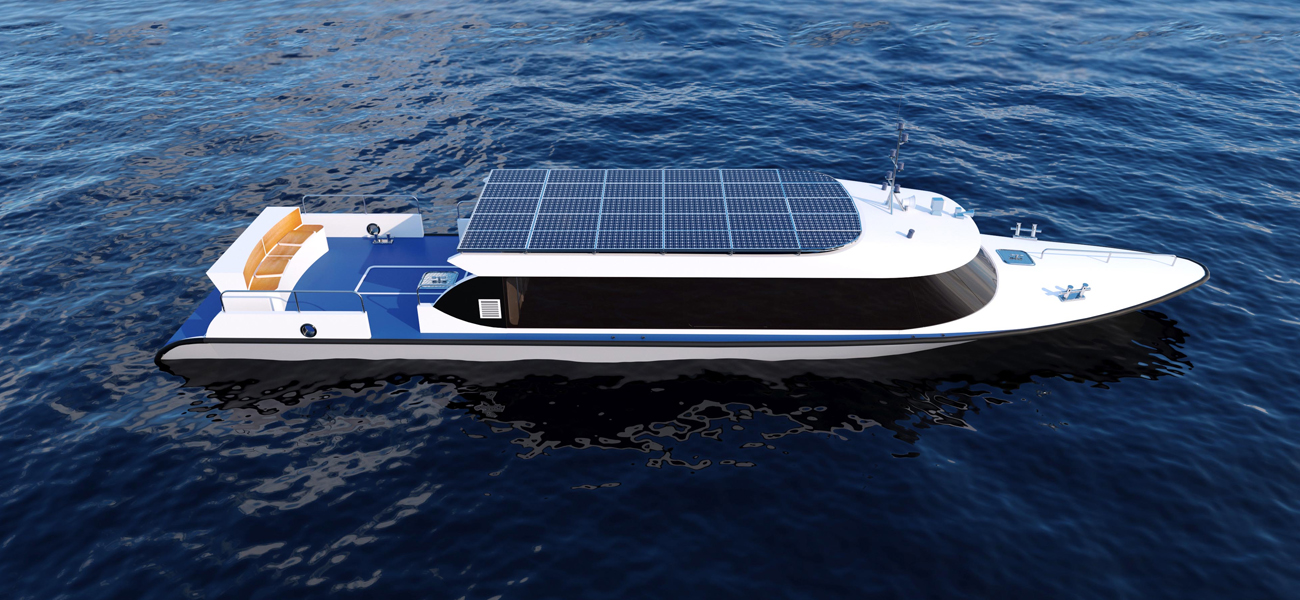
Life Span of Marine Battery
AGM batteries can just last to around 1k cycles. Moreover, you need to become persistent about not draining these batteries more than 50 percent so that they can be kept in a great form. A lithium battery’s lifetime is rather excellent. While discharging lithium batteries to 80 percent, we can anticipate them to keep on lasting for more than 2k cycles.
Increased Usable Amp-Hours
A lithium battery can be discharged 100 percent. To have more lifetime, it is a great thing to just discharge lithium batteries to 80 percent. Even after that, a 300-ampere-hr battery bank would simply supply us with 240 functional ampere-hrs, considerably greater than other kinds of batteries.
Both lead-acid and AGM batteries shouldn’t be discharged more than 50 %. Hence, we can just utilize 172 of them prior to requiring a charge, even if we possess a battery bank which supplies 345 ampere-hrs.
Steady Voltage
You have actually most likely observed the unsteady voltage if you have actually spent time on boats. Things are working out simply great till something new comes in, such as a microwave or fridge. The decorations and lights may dim slightly as a voltage drop occurs whilst the battery has a hard time powering the new thing.
Lithium batteries maintain more resting voltage, generally around 13.2 Volts as compared to 12.8 or 12.6 for a completely charged lead-acid battery. The resting voltage starts to lower when a lead-acid battery loses its charge. Then, naturally, there’s that extreme drop while installing an extra load.
A lithium battery’s resting voltage does not alter considerably irrespective of the amount it has actually been discharged or the load. So, this aids the devices to operate with greater efficiency. We might discover that they need a lower time or less amps to do the very same quantity of work.
We likewise will not require to possess any extra “starting” batteries. These lithium batteries have the ability to manage the hefty draw of an additional load.
Mass
We already understand how essential mass is on the boat. A heavyweight boat implies burning additional fuel to reach a location. Additionally, a very heavy boat is not safe. Once you are worried about the mass of your boat, lithium marine batteries look like a fantastic option. These batteries have 1/2 of the mass of lead-acid batteries and around a 3rd lower than AGM ones.
This mass cost savings does not even consider the variance in life span and usable ampere-hrs. You will need less lithium batteries to achieve the very same no. of usable ampere-hrs. This suggests that lithium batteries are not only lighter and smaller sized, but likewise, you will require less batteries to carry out the exact same task. The cost saving in mass (and area) simply keeps building up.
Preserve Their Charge
Apart from charging rapidly, the rate of self-discharge of a lithium battery is much less than that of the lead-acid ones. Due to the fact that it is not in usage, this is the amount of charge that a battery loses.
Quick Charging
Discharging lithium batteries more implies that we are going to wait for them to charge for a longer duration? Incorrect!
You might be acquainted with viewing a battery charge till 90 percent and after that take hrs to fill the remaining amount. This happens because of the battery’s internal resistance and the stages of charging. A lead-acid battery has a three-phase cycle. In the initial push, the battery quickly charges to 80 to 90 %. The 3rd stage includes a sluggish trickle charge which implies it frequently takes hrs for that part. You likewise need to totally charge these batteries every time to effectively protect their life expectancy.
Having lower internal resistance, lithium batteries avoid that sluggish absorb stage. In case you just have 1 hr readily available to charge a battery, you can get benefit from it.
No Upkeep
A lead-acid battery does not require much effort. You simply need to put water once in a while. When you shift to lithium batteries, your work is even more reduced. It is incredible that you need to do less effort to water the batteries.
Less Wasted Energy
A lithium battery can utilize and maintain about 99 percent of its energy. A new lead-acid battery loses around 15 percent of its energy because of resistance and other elements. As it gets old, the % of usable energy narrows down more.
Are Lithium Marine Batteries Best for You?
They really aren‘t as pricey as they appear as soon as you take into consideration the advantages of lithium marine batteries. These lithium batteries lose less energy, provide extra power, and last longer implying you need to purchase less batteries gradually. Additionally, they have a less mass and need lower amount of energy for charging. These factors make the in advance financial investment worthy for many individuals.
Are you prepared to switch to lithium marine batteries or lithium batteries? Have a look at our range of lithium marine batteries and lithium batteries to power your trips. Do you still have concerns? Do not hesitate to call us! We will be more than pleased to lay all your doubts to rest.
Cómo elegir una batería de ión-litio para vehículos recreativos
En carretera o en alguna zona de acampada, el Vehículo Recreativo de sus clientes es su casa lejos de su residencia real. Por eso es necesario disponer de una fuente de energía eficaz. Si desea que los clientes se sientan cómodos con el producto, necesitan energía constante para preparar la cena y proporcionar luz a su vehículo recreativo.
Elegir una batería de Li-ion para vehículos recreativos es un método inteligente para evitar el fallo de la batería y otros problemas mecánicos relacionados con las opciones de plomo-ácido. Pero no debe limitar su búsqueda a empresas de baterías regionales sin importancia. Para encontrar la mejor batería para vehículos de recreo que se adapte a las necesidades de los consumidores, amplíe su búsqueda al mercado internacional.
Asociarse con una empresa internacional de baterías le ayudará a encontrar rápidamente lo que busca, ya que los grandes proveedores disponen de un stock más amplio. Los precios de las baterías son a veces difíciles de comparar debido a las diferencias de calidad, así que busque un proveedor que ofrezca una garantía de tres a cinco años.
Cuando vaya de compras por el mercado de baterías de litio, intente no acabar abrumado por las alternativas. Asimismo, debe hablar con un agente de ventas para averiguar cómo se fabrican las baterías que adquiere. Esta es una gran manera de averiguar la calidad de las baterías de iones de litio RV.
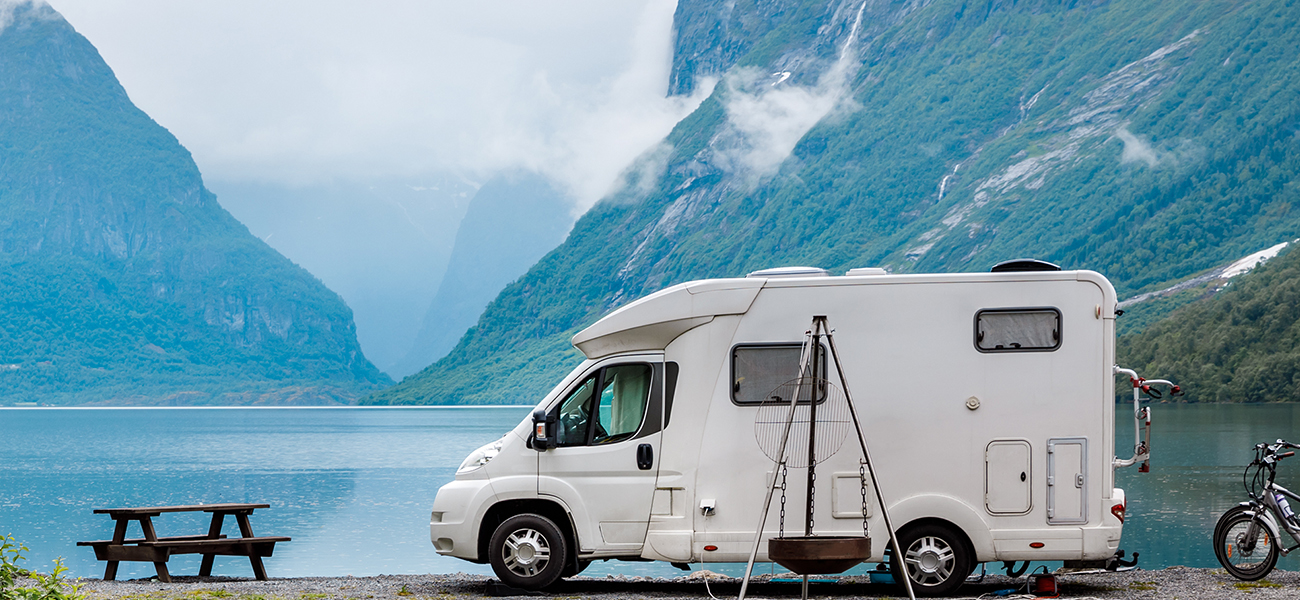
Qué capacidades a buscar en las baterías del vehículo recreacional
Para salvaguardar a los consumidores, las baterías de un vehículo recreacional que usted elige requieren consistir en las funciones de la seguridad que cierran las baterías en caso de una cierta situación de emergencia. Tenga en cuenta que todo el sistema eléctrico de CC de su vehículo recreativo debe ser compatible con el litio. Asegúrese de que los consumidores no puedan sobrecargar o descargar excesivamente las baterías de iones de litio de su Vehículo Recreativo.
Cuando sea conveniente, integre un sistema de gestión de la energía que desconecte el circuito de su batería. Dependiendo de su proveedor de baterías, esta función puede estar incluida en la batería o como parte del paquete de la unidad.
Los consumidores también necesitan una batería que pueda cargarse con eficacia. Mientras que las baterías de iones de litio para vehículos recreativos cargan con una eficiencia de casi cien %, las de plomo-ácido pueden cargar con una eficiencia de sólo 85 %. Cuando se utiliza la energía solar, la eficiencia de carga es específicamente esencial. Los vehículos recreativos tienen un techo y un área de almacenamiento restringidos para los paneles solares, por lo que los consumidores deben obtener la máxima energía posible de sus paneles solares. Cuando se depende de la energía solar, la diferencia entre 85 y 100 % de eficiencia de carga es sustancial.
Otras cualidades que debe buscar en las baterías de su vehículo recreativo consisten en:
ü Ligero
ü Compatible con cargadores de inversor básicos
ü Mayor esperanza de vida
ü Mayor capacidad útil
Aunque pueda parecer intimidante ir de compras en el mercado internacional de baterías de iones de litio, trabajar con una empresa de confianza es un método seguro para garantizar que su artículo está equipado con la mejor batería de vehículo recreativo para sus especificaciones.
Busque una empresa de baterías que ofrezca un inventario óptimo y unas instalaciones extraordinarias. Cuando los consumidores potenciales sepan que pueden esperar que los vehículos recreativos incluyan baterías de litio de primera calidad, su capacidad de ventas aumentará. Póngase en contacto con nosotros ahora para obtener baterías de iones de litio de alta calidad para su vehículo recreativo.
Consejos de invierno para la batería de la bicicleta eléctrica
Mantener la salud y el bienestar de la batería de su bicicleta eléctrica es uno de los métodos más convenientes para asegurarse de que usted puede apreciar su paseo diario durante varios años. Hemos compartido un montón de consejos diarios para prolongar la esperanza de vida de su batería, sin embargo, cuando las modificaciones de las estaciones y los niveles de temperatura disminuyen, es importante asegurarse de que usted está revelando la cantidad correcta de atención.
Si eres uno de los muchos ciclistas que pretenden aprovechar al máximo las capacidades de nuestras bicicletas eléctricas durante todo el año, aquí tienes un par de cosas rápidas que debes tener en cuenta a medida que nos adentramos en los meses más fríos:
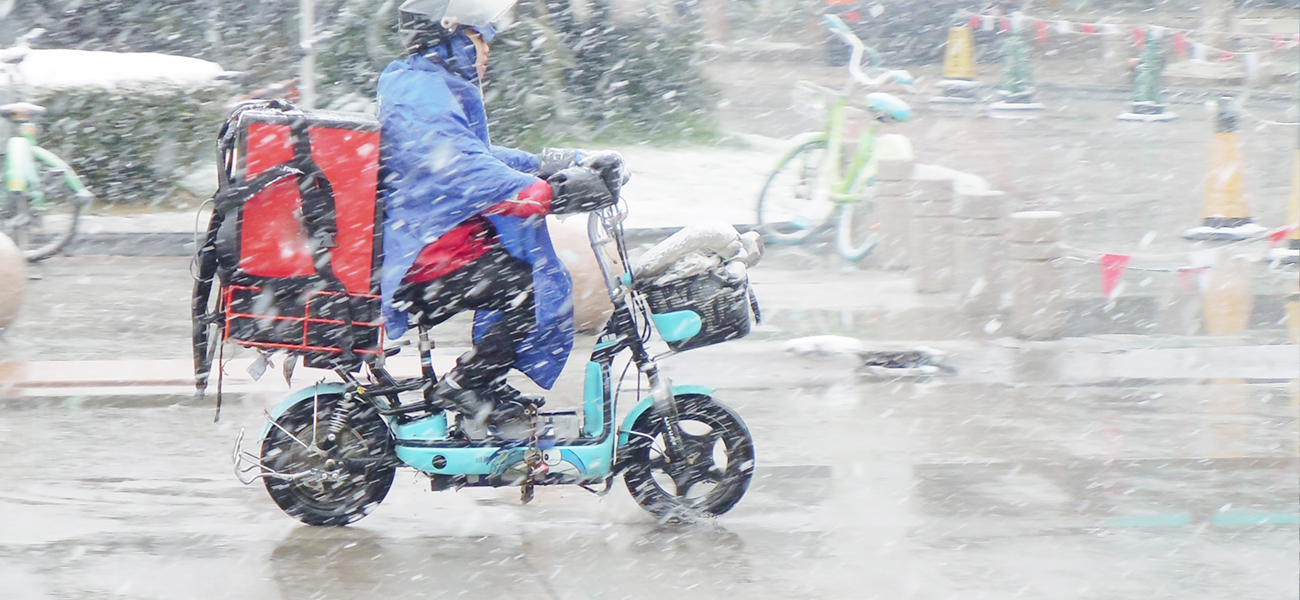
Prepare la batería de su bicicleta eléctrica para un almacenamiento a largo plazo
Si vas a guardar la batería de tu ebike durante más de 2 semanas, mantenla cargada a unos 75 % y mírala cada mes para asegurarte de que se mantiene en ese nivel. Mantenerla totalmente cargada mientras está guardada puede provocar una pérdida de autonomía. Un día o más no es motivo de preocupación, pero con el tiempo empezará a acumularse.
Lleve la batería de su bicicleta eléctrica al interior
Siempre recomendamos almacenar su bicicleta en un área completamente seca por encima de los niveles de temperatura de congelación, sin embargo, si eso no es factible, entonces lleve su batería e bike al interior. Cargue y almacene la batería de la e bike en interiores, así como entre 50 ° F - 77 ° F / 10 ° C - 25 ° C. No hacerlo podría anular su garantía, hacer que su batería no funcione, o crear una situación peligrosa.
Mantén la batería de la bicicleta eléctrica alejada del frío
No hay absolutamente nada más vigorizante que un vigoroso paseo matutino, especialmente cuando se dispone de una bicicleta de neumáticos gordos que puede ayudar a superar el hielo y también la nieve. Sin embargo, cuando el nivel de temperatura desciende por debajo de los cero grados bajo cero, es una buena sugerencia evitar el sillín. Con el fin de mantener la batería de su bicicleta eléctrica funcionando como normal, evite montar su bicicleta en niveles de temperatura inferiores a -4 ° F / -20 ° C.
Por último, no moje la batería
No hace falta decirlo, pero no sumerja nunca la batería ni la bicicleta eléctrica en agua u otros líquidos. Después de rSi utiliza la bicicleta eléctrica en entornos húmedos, compruebe que todas las piezas estén limpias de humedad, polvo y partículas.
